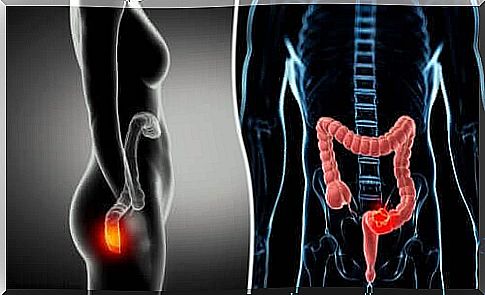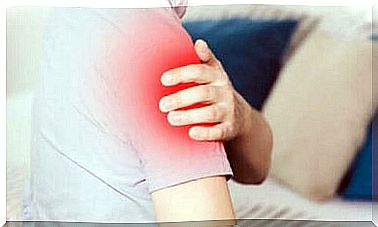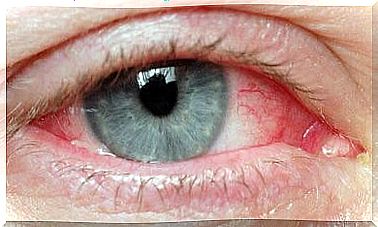Anoscopy: When It Is Indicated For A Patient

Anoscopy is a technique used to look inside the anus. You can also examine the anal canal and even the terminal part of the rectum (last branch of the large intestine). In this way, the group of experts can study the final region of the digestive tract.
Anyway, to carry out this method an anoscope is needed. In short, it is a flexible, thin tube that is inserted into the patient’s anus. Along with this instrument, it is customary to introduce a halogen lamp, which provides light to the area. In addition, a fiber optic cable can be attached which provides an improved view of the tube walls.
In some clinical cases, the corresponding physician applies a chemical compound to the canal walls. Afterwards, it illuminates the area with a fluorescent lamp that identifies the regions affected by some disease. In this case, it is a high-resolution anoscopy.
In addition, this procedure can be used for other purposes. For example, taking a biopsy, putting on rubber bands. However, its main function is in the diagnosis of tumors of the rectum or other related diseases.
How is anoscopy performed?

First, the specialist group will inform the patient how the procedure will be performed. It is important that the patient informs any allergies that he/she has, medication that he/she usually uses, etc. Furthermore, it is possible that the administration of enemas or laxatives may be recommended to easily study the rectal tract.
When the patient is properly positioned, the corresponding physician will begin with a digital rectal exam. In this way, the state of the sphincter can be verified. Also, it is customary to review the external area of the anus to examine the presence of lesions.
It will then clean the area and gently insert the anoscope. In general, it is not common to apply anesthesia because the intervention does not cause severe pain in patients.
On the other hand, in the case of biopsy, it is possible the occurrence of discomfort and light hemorrhages in patients. However, it is a transitory disorder and the bleeding disappears within a few days. The patient can return home normally without complications.
Finally, anoscopy results can be obtained instantly, as it is a visualization technique. In this way, the doctor can identify the cause of problems affecting the rectal tract.
If a biopsy is needed, it is likely to be performed during another visit. In this case, results are obtained a few weeks after the intervention.
When is anoscopy indicated for patients?

As we said before, anoscopy is a technique that allows the visualization of the inside of a patient’s rectum. Therefore, the medical team will use it if the patient has a series of changes in the area. The most frequent disorders are:
- Polyps.
- Abscesses.
- Cancer development in the area.
- Human Papilloma Virus or HPV.
- Other changes or sores located in the rectum.
- Cracks. They can also cause discomfort and even hemorrhages in the patient.
- Hemorrhoids. They usually cause discomfort and hemorrhages in the patient. This method is usually used when it is not possible to locate the problem from the outside.
Specialists can use anoscopy when a biopsy of the site is needed. Also to put elastic bandages in case of hemorrhoids, as a form of treatment. However, there are a number of medical conditions where this exam is not recommended. For example, a hemorrhoidal crisis or during the development of an infection.
Final considerations
When an error is made during the exam, the patient may experience a series of changes, such as intense and continuous pain, intense bleeding, fever, chills, infection in the region, among others.









